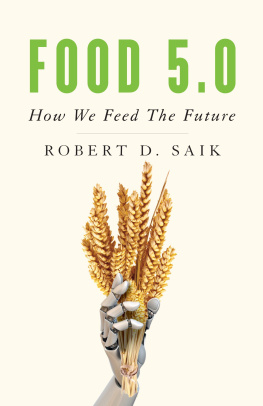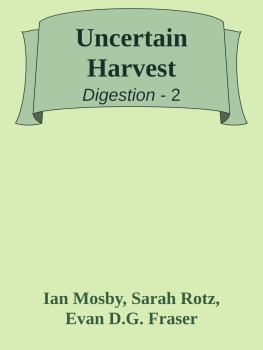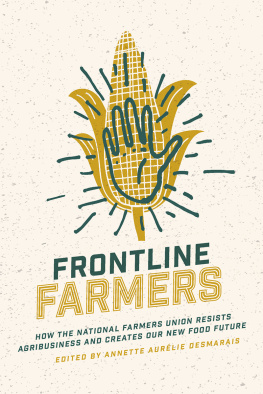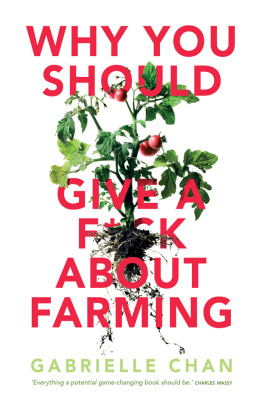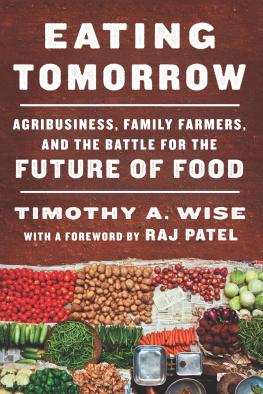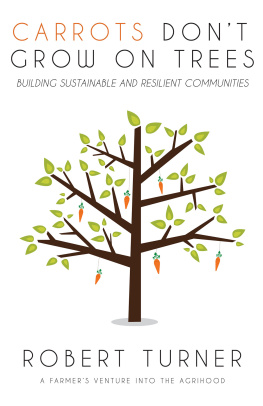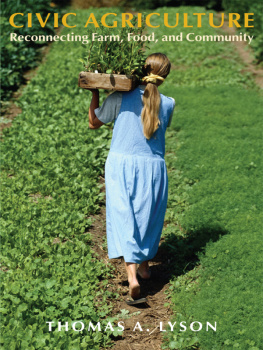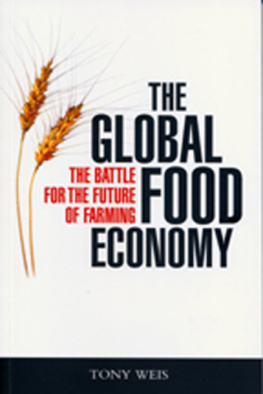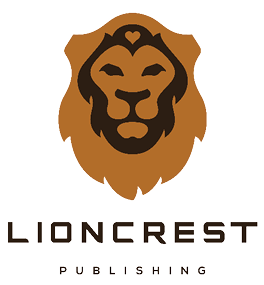Robert D. Saik - Food 5.0: How We Feed the Future
Here you can read online Robert D. Saik - Food 5.0: How We Feed the Future full text of the book (entire story) in english for free. Download pdf and epub, get meaning, cover and reviews about this ebook. year: 2019, publisher: BookBaby, genre: Romance novel. Description of the work, (preface) as well as reviews are available. Best literature library LitArk.com created for fans of good reading and offers a wide selection of genres:
Romance novel
Science fiction
Adventure
Detective
Science
History
Home and family
Prose
Art
Politics
Computer
Non-fiction
Religion
Business
Children
Humor
Choose a favorite category and find really read worthwhile books. Enjoy immersion in the world of imagination, feel the emotions of the characters or learn something new for yourself, make an fascinating discovery.
- Book:Food 5.0: How We Feed the Future
- Author:
- Publisher:BookBaby
- Genre:
- Year:2019
- Rating:4 / 5
- Favourites:Add to favourites
- Your mark:
Food 5.0: How We Feed the Future: summary, description and annotation
We offer to read an annotation, description, summary or preface (depends on what the author of the book "Food 5.0: How We Feed the Future" wrote himself). If you haven't found the necessary information about the book — write in the comments, we will try to find it.
To feed the world, we have to grow 10,000 years worth of food in the next thirty years, which means farmers worldwide must increase food production by 60 to 70 percent.
This book is about the small percentage of those farmers of consequence being called upon to grow the vast majority of the worlds staple food supply. While mighty in their ability, they need support from a general public that increasingly has no idea how they operate.
In Food 5.0, Robert Saik takes you on a journey from the muscle era of farming to a future where the convergence of new technologies like sensors, robotics, and machine learning make infinite sustainability achievable. With the veil lifted on modern agriculture practices, youll be inspired to contribute to a culture where farmers can adopt the science and tools they need to carry out their mission of feeding the planet.
156 pages
Publisher: Lioncrest Publishing (13 Aug. 2019)
ASIN: B07VGXQBCK
Robert D. Saik: author's other books
Who wrote Food 5.0: How We Feed the Future? Find out the surname, the name of the author of the book and a list of all author's works by series.

